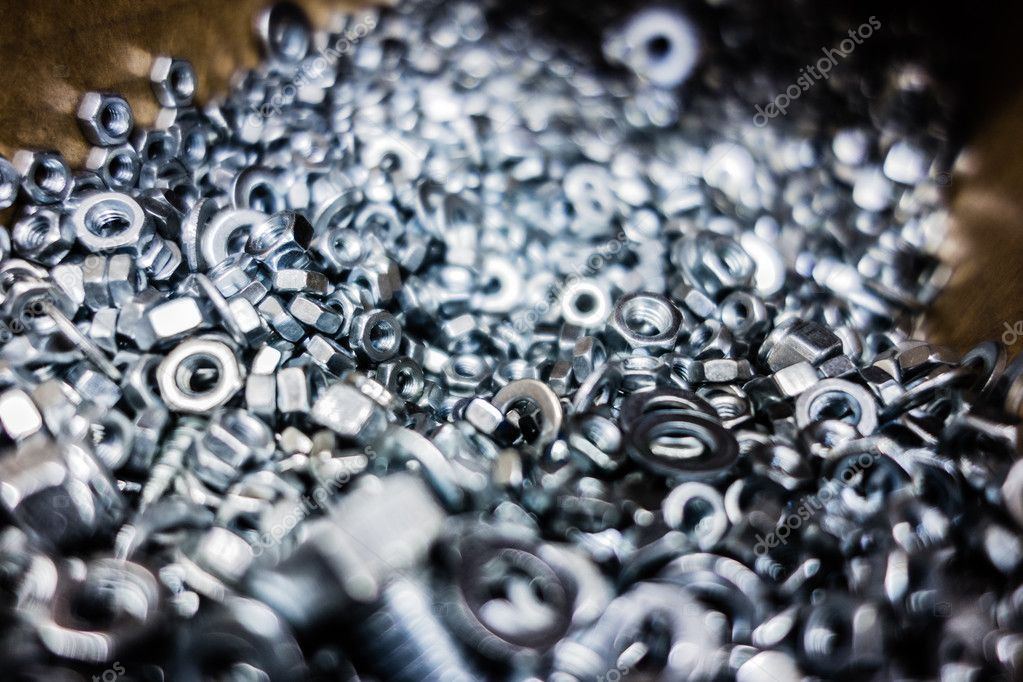From Carpentry Shops to Craft Spaces: The Versatility of Nuts and Nuts
Nuts and bolts are often seen as the unsung heroes of building and maintenance, quietly holding everything aligned behind the curtain. From the frame of a robust edifice to the intricate mechanisms of your beloved automotive creation, these hardware play a crucial role in numerous uses. Despite their basic design, the world of nuts and bolts is rich with diversity, each variety designed for distinct applications and settings. Knowing the various types available, their unique functions, and when to use them can empower you to tackle a wide range of projects with assurance.
In this comprehensive guide, we will explore into the fascinating realm of nuts and nuts, covering everything from the standard varieties of bolts to the specialized fasteners that can make or break a project. Whether you are embarking on a DIY home improvement venture, working on industrial construction, or conducting automotive repairs, knowing how to select the right fastener can significantly affect the strength and safety of your project. By the end of this piece, you will be armed with the knowledge to choose the best nut and bolt for any job at your disposal.
Understanding Nuts and Bolts
Nuts and bolts are crucial fasteners employed in various applications, delivering security and stability in areas ranging from construction projects as well as auto repairs. A bolt are a threaded fastener having a head usually tightened using a wrench, whereas a nut can be a hexagonal piece that attaches to the bolt’s threads to hold materials firmly. Together, they establish a robust mechanical bond capable of enduring heavy loads, which makes them essential in both expert and DIY projects.
The adaptability of nuts and bolts stems from the variety that exists, with each tailored for unique purposes. For instance, standard machine bolts suit everyday applications, lag bolts are perfect for robust construction tasks, and carriage bolts are frequently used in woodworking. Comprehending the role of these fasteners aids in choosing the appropriate fastener for your project, guaranteeing structural integrity and durability in your crafting or repair tasks.
Thread types are another crucial aspect of bolts and nuts, impacting their efficiency. Coarse threads provide better grip for softer materials, while fine threads give better fastening in limited spaces. Being aware of these variations, together with the distinction between metric and imperial systems, is essential for choosing fasteners. As tasks range between detailed car repairs to robust construction, understanding the fundamentals of nuts and bolts enables improved choices and effective results. spintax ### Varieties and Uses
Nuts and bolts come in a range of forms, sizes, and compositions, each crafted for specific applications. For example, hexagonal bolts are prevalent in standard construction due to their strength and versatility. These versatile fasteners are compatible with standard tools, which makes setup and disassembly easy. Carriage bolts, on the other hand, are ideal for timber structures, featuring a curved top that stops tearing wood, making them suitable for external furniture or deck projects.
In the realm of heavy-duty construction, selecting the appropriate bolts is essential. Lag screws, known for their strong grip in wood, are often used in fastening beams or large furniture. Meanwhile, https://telegra.ph/Bolts-and-Nuts-Essential-Tools-for-All-Toolbox-04-23 , used in steel constructions, offer enhanced tensile strength and are essential in structures. Understanding which kind of bolt is appropriate for your task can vastly improve both durability and security.
When it comes to nuts, the choices are equally diverse. Locking nuts are designed to stop loosening under movement, making them ideal for vehicle applications where oscillation is constant. Flange nuts provide a large bearing surface to distribute the load more uniformly, suitable for fragile materials. Determining which type of nut to combine with your selected bolt is vital for achieving the required level of security and efficiency in any assembly.
Components and Standards
The substances used in nuts and screws play a vital role in determining their strength, longevity, and suitability for various uses. Metal is the predominant substance, prized for its elevated tensile strength and versatility. Within the realm of steel, there are different grades, such as inox, which offers excellent corrosion resistance, and low-carbon steel, known for its affordability and strength. For specialized uses, substances like brass and titan are also available, each offering unique properties such as lightweight construction or increased resistance to corrosion and wear.
Grasping parameters is essential for choosing the appropriate fastener. Bolt grades indicate the robustness and quality of the linking element, with a higher grade typically signifying better performance. For example, a class 8 bolt is more robust than a class 5 bolt and is often recommended for high-load applications. Similarly, click for info should correspond with the grade of bolts to ensure a tight connection. Thread types—coarse, fine, and 公制—must also correspond between nuts and screws to ensure proper engagement, which can significantly affect the overall integrity of the construction.

Finishes can further improve the performance of nuts and bolts. Zinc-coated fasteners are common and provide fundamental corrosion resistance, while galvanic options offer enhanced protection for external use. Specialty coatings, such as those found on security fasteners, provide tamper resistance, while nylon lock nuts utilize a unique design to prevent loosening under oscillation. When selecting fasteners, consider the material and specification to ensure maximum performance for your particular project requirements.